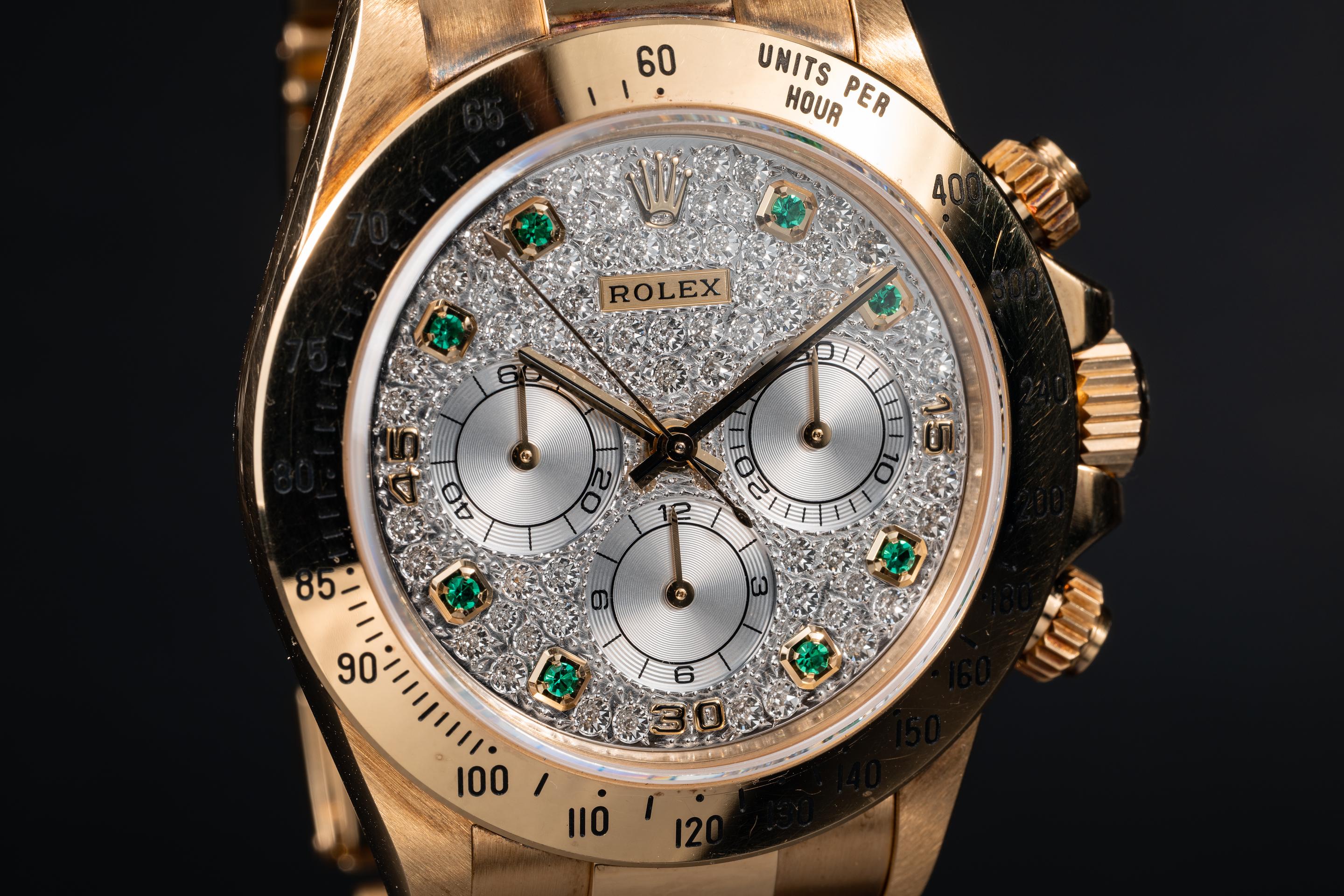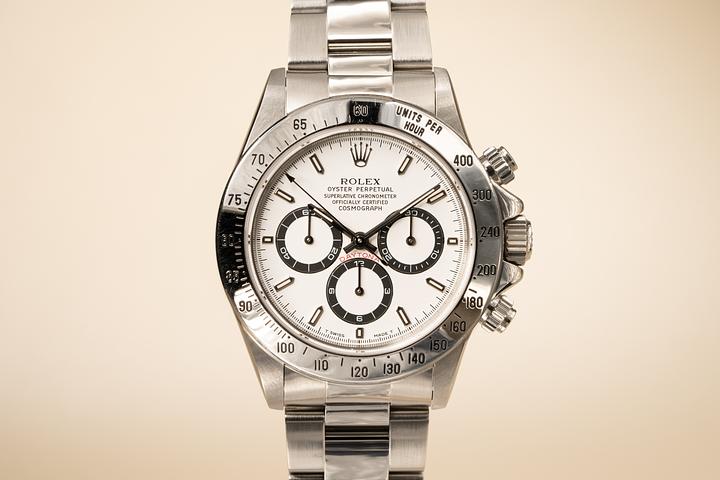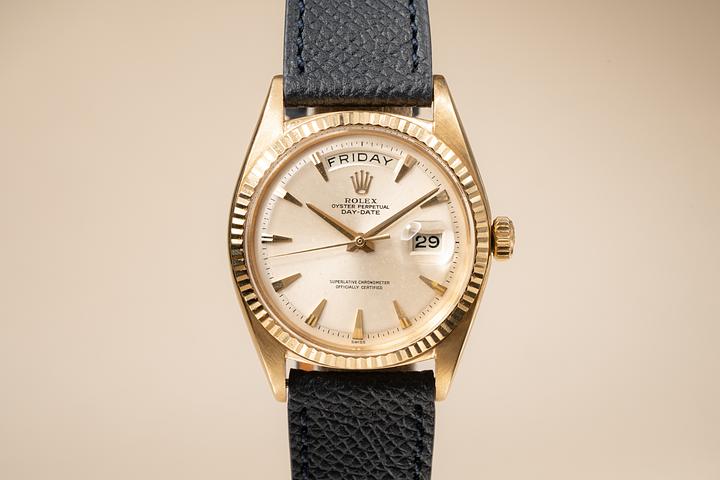How to Change the Time on a Rolex Watch with Precision

How to Change the Time on a Rolex: A Horological Guide Backed by Swiss Precision
Rolex watches are not merely instruments for telling time—they are finely-tuned mechanical marvels born in Switzerland, rooted in more than a century of craftsmanship, precision, and innovation. Whether you're the proud owner of a Submariner, Datejust, Day-Date or GMT-Master II, knowing how to properly set the time on your Rolex is part of the ownership experience. But despite their seemingly simple interfaces, these timepieces are intricate machines. Each model features nuanced mechanisms developed for function, legacy, and longevity. Changing the time may seem intuitive, but doing so correctly respects the mechanical heart ticking within. This article provides a clear and in-depth guide on how to change the time on a Rolex, covering general methodologies with attention to mechanical integrity and brand heritage. It also outlines how this simple act is grounded in a deeper Swiss tradition of horological exactitude.
Understanding the Rolex Movement: Precision Beneath the Dial
At the core of every Rolex is a movement engineered and manufactured completely in-house—a tradition rarely equaled in the watchmaking world. These movements are certified Swiss chronometers, meeting the rigorous standards established by the Contrôle Officiel Suisse des Chronomètres (COSC). The automatic calibers used by Rolex rely on mechanical energy generated by the movement of the wrist. That sense of self-sufficiency is deliberate and ingrained in Rolex’s identity as a pioneer in mechanical autonomy.
Understanding your model’s movement is step one before making any adjustments. Different models may feature varying functions—date, dual time zones, even moonphases. It is essential to know whether your Rolex is equipped with a quickset mechanism, a screw-down crown, or an additional hour hand. Incorrect handling can result in damage to internal components, particularly the delicate gearing of the date change mechanism, often referred to as the "danger zone."
The Basics: The Crown and Its Positions
Most Rolex watches come equipped with a screw-down crown, a hallmark of Rolex’s waterproof Oyster case. The crown may look unassuming, but it is the control center of your watch. To access its functions, first unscrew the crown counterclockwise until it releases into the winding position. This is often referred to as Position One.
Pulling the crown out to the second click—Position Three—activates the time-setting function. Rotate the crown clockwise or counterclockwise to move the hands. The direction may vary depending on the model, but most Rolex watches move the hands in a clockwise fashion. If your model includes a date complication, Position Two engages the date-setting mode. Pay close attention to the AM/PM cycle during setting. Many owners inadvertently set the watch to the wrong half of the day, creating inaccurate date changes at noon instead of midnight.
Setting the Time on Different Rolex Models
For Rolex models with no date—such as the Oyster Perpetual—the process is simple. After unscrewing the crown, pull it to Position Three and rotate the hands until the desired time is reached. Push the crown back in and screw it down tightly to preserve water resistance—never ignore this step.
Models with a date function, like the Datejust or Day-Date, require more care. Never adjust the date between 8 PM and 4 AM. This timeframe is when the date-change mechanism is actively engaged internally, and forcing a manual date change could damage the gears. Always rotate the hour hand past 12 to determine if the watch is in AM or PM. Adjust the hands accordingly and then move to Position Two to quickset the date once outside the "danger zone."
Managing Dual Time Zones: The GMT-Master II
For travelers or international professionals, Rolex’s GMT-Master II provides a trustworthy way to monitor two time zones. It features an independently adjustable hour hand. After unscrewing the crown, pull it to Position Two and rotate it backward or forward to adjust the local hour hand in one-hour increments. The 24-hour hand stays anchored to your home time. Proceed to Position Three to set the minute hand if needed. This modular architecture stems from Rolex’s pursuit of functional efficiency for pilots in the 1950s and remains unchallenged in reliability today.
For wearers unfamiliar with GMT calibrations, never attempt to rotate the 24-hour hand independently; doing so risks misalignment with the rotating bezel. Instead, use the bezel to read a third time zone if required. The interaction of physical components here—crown, bezel, hands—exemplifies Rolex’s exceptional mechanical coherence.
The Subtle Art of Accuracy in Manual Adjustment
While Rolex movements are engineered to an accuracy of -2/+2 seconds per day, owners can refine timekeeping during manual adjustments. One subtle technique involves moving the minute hand slightly past the desired minute marker, then rolling it backward to settle any gear slack. This preload method mirrors professional mechanical practices and can enhance practical accuracy. It speaks to a level of fine-tuning typically reserved for watchmakers, yet easily employed by attentive owners.
Likewise, be cautious not to overwind manual movements—even though modern Rolex watches incorporate slip clutches to prevent damage. If you feel tension in the crown during winding, the mainspring is likely saturated. Let your wrist take over from there.
Maintaining Functionality, Honoring Tradition
Rolex is not solely about form—although its form often redefines modern luxury. It is about function rooted in heritage. How a Rolex tells time, and how you adjust it, connects directly to the ethos of Swiss horology. Adjustments affect more than just accuracy—they reflect a legacy built on precision, user experience, and mechanical longevity.
When changing the time, be methodical. Avoid shortcuts. Respect the movement. Make the adjustments deliberately, never hurriedly. And above all, remember that each tick of the second hand—carefully set and precisely managed—is a testament to a century of refinement behind one of the most recognized names in timekeeping.




